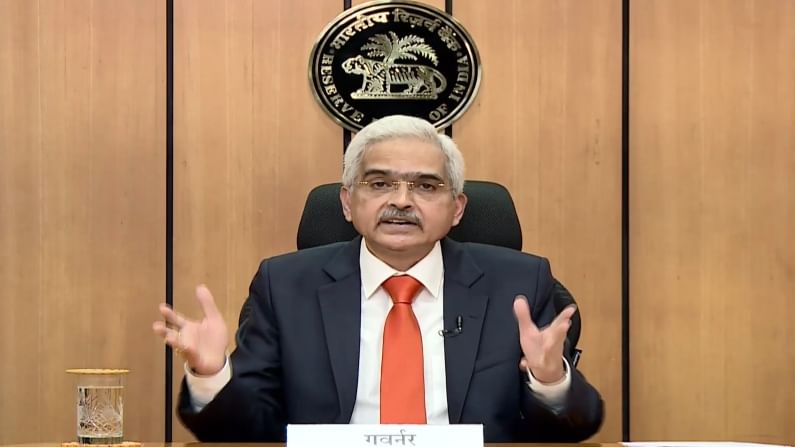What to expect from RBI's upcoming policy review meet?
In the upcoming policy meet, RBI has to deal with the rising inflation numbers, higher crude oil prices, the rising G-Sec yield- which indicates higher borrowing costs and the second wave of COVID-19

The first bi-monthly meeting of monetary policy committee (MPC) for FY22, which decides on key interest rates, will commence on Monday. The six member MPC, headed by the Reserve Bank of India Governor Shaktikanta Das, is scheduled to meet from April 5 to 7. The outcome of the 3-day policy meet will be announced on Wednesday.
The monetary policy refers to the central bank’s policy on use of monetary instruments under its control to achieve the objectives of the economic policy.
The primary objective of monetary policy is to maintain price stability while keeping in mind the objective of growth. The MPC determines the policy interest rate required to achieve the inflation target.
These rate changes transmit through the money market to the entire the financial system, which, in turn, influences aggregate demand which again is a key determinant of inflation and growth.
In its last meeting on February 5, the RBI had kept the key interest rate (repo) unchanged citing inflationary concerns.
The policy repo rate ( the rate at which RBI lends money to commercial banks in India if they face a scarcity of funds) is currently at 4% , and the reverse repo rate (rate at which the RBI borrows funds from the commercial banks in the country) is at is 3.35%.
The RBI has been maintaining status quo since May last year. The central bank had last revised its policy rate on May 22, 2020 in an off-policy cycle to perk up demand by cutting interest rate to a historic low of 4%.
As the COVID-19 pandemic struck and businesses went into a lockdown, economies were on the brink of a payment crisis. Everywhere, it was the central bank that came to the rescue.
Key Expectations
In the upcoming policy meet, RBI has to deal with the rising inflation numbers, higher crude oil prices, the rising G-Sec yield- which indicates higher borrowing costs and the second wave of COVID-19.
Most economists expect the RBI to maintain status quo at its next monetary policy review and wait for some more time before taking any action to spur growth as the believe the RBI will maintain comfortable liquidity in the near term to ensure least disruption to the government’s borrowing programme and support the economic recovery at a time when COVID-19 cases are resurging in India.
Lakshmi Iyer, CIO (Debt) & Head Products, KotakMF said, “The upcoming policy is against a backdrop of nascent recovery and fears of our country seeing resurgence of the pandemic. The MPC members will have to do the tight rope walk, being mindful of stretching the elastic too wide. We are therefore of the view that the case for status quo and extended pause remains. The last thing the central banker would want to do is tweak policy amid uncertainty. The case for maintaining adequate liquidity and gradual normalising over time remains.”

